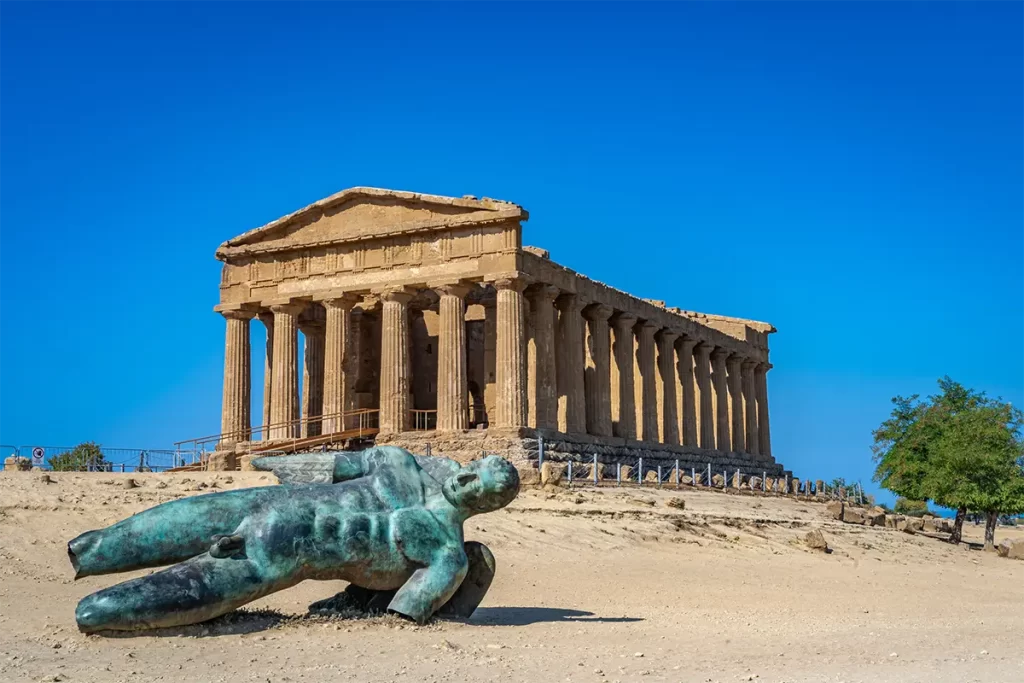Selinunte Archaeological Park, located on Sicily’s southwestern coast, stands as one of the most remarkable remnants of ancient Greek civilization. Spanning approximately 270 hectares, it is the largest archaeological site in Europe, offering visitors a profound glimpse into the grandeur of the past.
Historical Overview
Founded in the 7th century BC by Greek colonists from Megara Hyblaea, Selinunte (ancient Selinus) rapidly evolved into a significant city within Magna Graecia. Its strategic coastal position between the Modione and Cottone rivers facilitated trade and cultural exchanges, contributing to its prosperity. At its zenith, Selinunte boasted a population of approximately 30,000 inhabitants. However, in 409 BC, the city faced a catastrophic attack by the Carthaginians, leading to its decline and eventual abandonment by 250 BC.
Architectural Highlights
The park is renowned for its impressive ruins, including multiple temples, an acropolis, and residential areas. Notable structures include:
- Temple E: Believed to be dedicated to Hera, this temple showcases the grandeur of Doric architecture. Its well-preserved columns and layout offer insights into ancient religious practices.
- Temple C: One of the oldest temples in the park, possibly dedicated to Apollo. Its massive columns and intricate metopes highlight the artistic achievements of the era.
- Acropolis: Situated on high ground overlooking the Mediterranean, the acropolis served as the city’s political and religious center. Visitors can explore the remains of various temples and fortifications within this area.
Visiting the Park
Selinunte Archaeological Park offers a serene environment for exploration, with its proximity to the sea enhancing the experience. Visitors can wander through ancient streets, marvel at the monumental temples, and imagine the vibrant life that once animated this city. Guided tours are available, providing deeper insights into the site’s history and significance.
Nearby Attractions
The park’s location makes it an excellent starting point for exploring other regional highlights. For instance, the Cave di Cusa, ancient quarries that supplied stone for Selinunte’s temples, are situated nearby and offer additional historical context. Additionally, the Belice Nature Reserve provides opportunities for nature walks and observing local flora and fauna.

Planning Your Visit
Selinunte Archaeological Park is accessible year-round, with varying opening hours depending on the season. It’s advisable to wear comfortable walking shoes and carry water, especially during the warmer months. For those interested in a more immersive experience, guided walking tours with licensed local guides are available, offering detailed narratives about the site’s history and architecture.
In conclusion, Selinunte Archaeological Park is a must-visit destination for history enthusiasts and travelers seeking to delve into Sicily’s ancient past. Its expansive ruins, coupled with the picturesque coastal setting, provide a unique and enriching experience that captures the essence of classical antiquity.



